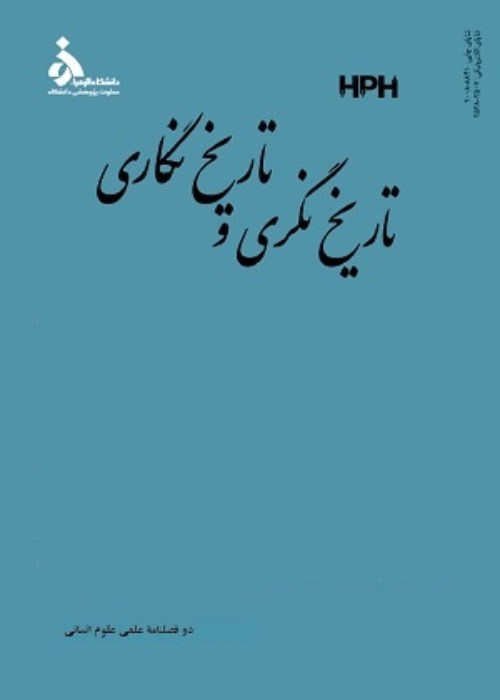The Morphology of Kufic Inscriptions in Mosques and Minarets in Isfahan: The Cases of Razi and Azari Styles
As a means of communication among different peoples and nations, written script is of significance since it passes down thoughts to future generations and affects the development of civilization and culture. According to researchers, Kufic script has marked the beginning of inscriptions in the Islamic buildings and has developed over time; as a result, new types of Kufic script have been created. Many studies have been conducted on Islamic art, but a little attention has been paid to the careful and thorough analysis of Kufic script and its morphology. The present study has completed the script types that have been introduced by past researchers and identified the sub-types. To the researcher, there is a direct relationship between the shape of Kufic inscription and the style of buildings (Razi and Azari). Therefore, the main purpose of the present study is to identify the morphology of Kufic inscriptions in Jame Mosques of Isfahan under the two styles of Razi and Azari.This study was first to classify Kufic inscriptions in mosques and minarets located in Isfahan in terms of shape morphology.The research method is descriptive, comparative and analytical. The data have been obtained through field and library research. The results indicate that simple Kufic script has two sub-types, which are distinguishable according to the ending shape of such long letters as “لا” and “الف”.Ornamental Kufic script also has four major types: ‘simple’, ‘complex’, ‘knotted’ and ‘rotating’.The knotted type has itself two sub-types with ‘recurring’ and ‘contrasting’ patterns. According to the results, moreover, Bannai script has at least six types in terms of shape and distribution (‘simple with equal space’, ‘ragged’, ‘knotted’, ‘frame-dependent’, ‘tangled’ and ‘mother-child’). Also, each type has usually been divided into some sub-types. The present study, moreover, has investigated the samples as to their design, background, material, color and location.
- حق عضویت دریافتی صرف حمایت از نشریات عضو و نگهداری، تکمیل و توسعه مگیران میشود.
- پرداخت حق اشتراک و دانلود مقالات اجازه بازنشر آن در سایر رسانههای چاپی و دیجیتال را به کاربر نمیدهد.



